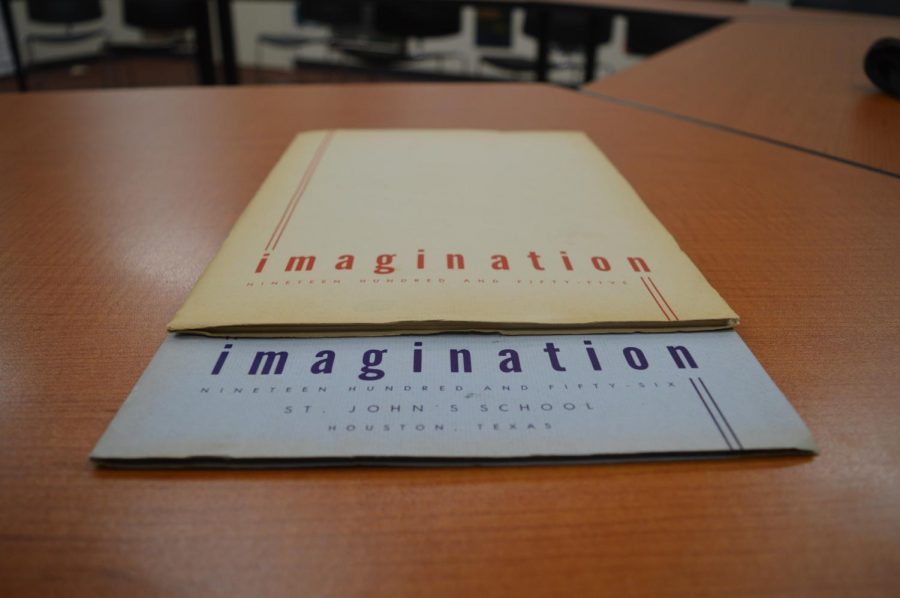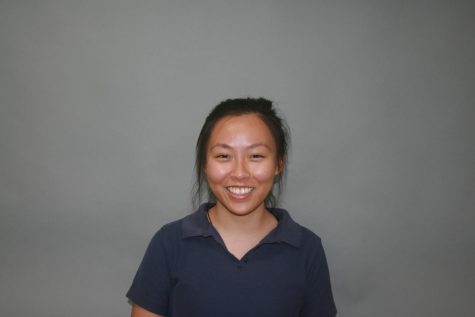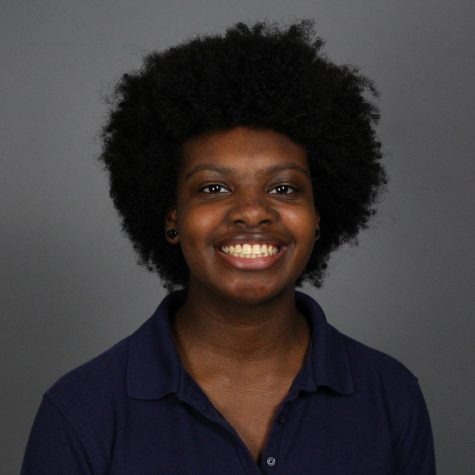Literary magazine promotes student creativity
The first two issues of the “Imagination” literary magazine were published in 1955 and 1956. Since then, the publication has doubled in size, and this year’s Editorial Board intends to publish two magazines instead of one.
October 18, 2018
Originally a small literary magazine of approximately 20 people, Imagination has doubled in size since the first issue came out in 1955. Filled with poets, novelists and short story writers, Imagination represents the creative student writers at the school.
English teacher Kemberly Kemp took over as one of the club sponsors eight years ago. In the first few years, students’ writings were published in an annual booklet. Kemp, along with English teacher Max Boyd, who joined last year, expanded Imagination’s reach by encouraging writers to create a literary magazine as well as enter in competitions like the Scholastic Teen Writing Contest.
Many students begin entering into the Scholastic Teen Writing Contest in seventh grade. Last year, 78 St. John’s students competed, many placing as national medalists. Alexis DePinho, a senior on the Imagination Editorial Board, participated in the competition and won a gold medal for her poem, “Citrics.”
She entered ten pieces of writing, seven of which were poems. DePinho takes a special interest in expressing her feelings through her poetry.
“I was a really edgy middle schooler that had a lot of feelings, and I wrote a lot of bad poetry, and eventually, somehow, I started writing not bad poetry,” DePinho said.
The literary magazine serves as a medium for students to write about topics of their choice. True to their name, the club motivates students to write from their imagination, from poems like “I Hate Writing” by Sacha Waters to a narrative called “Deep-Fried Feelings & Mickey Mouse Rice Krispies” by Juliette Draper.
The Editorial Board is comprised of seniors DePinho, Sara Kao and Theo Sanders. Meeting weekly since the beginning of summer break, the board set goals for this year, one of which is to publish two magazines rather than one so they could promote more students’ work.
The club’s leaders and sponsors strive to make Imagination a place where students are comfortable to express themselves.
“My role is to look for a vision for how we can make [the students’ voices] heard better,” Kemp said.
The editors also hope to create a medium where students can express their ideas.
“It’s a place for people to feel like they’re being listened to and where people are listening, ” Kao said.
Most students do not have time or opportunities for creative writing. From papers analyzing Shakespeare to lab reports about organic molecules, many students focus on analytical writing in school. Despite all the papers students write in class, the majority of students are still uncomfortable with sharing their pieces with other people.
“What’s hard in a school like St. John’s is that students here are so scared to be vulnerable and show their voice in writing,” Kemp said. “That just may be the nature of being a teenager.”
One of the club’s principle goals this year is to inspire and encourage other students to join and embrace creative writing.
“We need to seek out and find those students who love to write and encourage them to try and be less vulnerable,” Kemp said.







